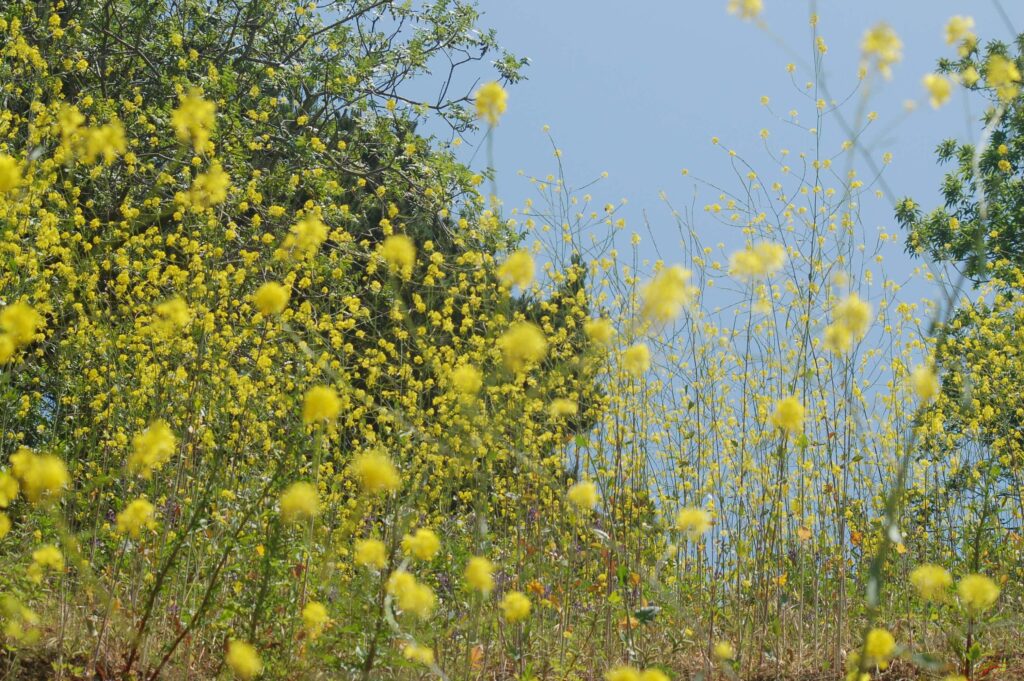Hay fever is an allergic disorder seen as an an exaggerated immune response to pollen grains and other substances. Often known as allergic rhinitis, there are two types: periodic, which occurs only during the time of season in which certain plants pollinate, plus perennial, which occurs all year round.
Seasonal And Perennial Hay Fever
Typically, if you suffer from hay fever in the spring, you’re possibly allergic to tree pollens. Select grass and weed pollens may be triggering your allergic reaction during the summer. Within autumn, weeds may plague a person, and fungus spores cause problems mainly from late March through November but can be present year round.
People with year-round (perennial) hay fever are usually allergic to one or more contaminants in the air found indoors. These include house dirt mites, feathers, and animal pet dander (the tiny skin flakes wildlife such as cats and dogs shed along with fur), all of which may be found in pillows, and even bedding, heavy draperies, upholstery, plus carpeting. Another common allergen, mold, is usually found in damp areas such as bathrooms and basements.
Allergic Reactions
In the event you suffer from hay fever (allergic rhinitis), it’s because your immune system views benign inhaled pollen or other things that trigger allergies as dangerous substances invading the entire body. Your system overreacts, flooding your system with chemicals like histamine in addition to leukotrienes, which inflame the lining of your nasal passages, sinuses, and eyelids and also set in motion other symptoms related to hay fever, such as sneezing.
All of these symptoms are meant to protect the body either by trapping and expelling the allergen or by irritating body areas, such as the nasal pathways, so the allergen can’t enter. Resulting from congestion in the veins in the liner of your sinuses, dark circles, also known as allergic shiners, may appear under your vision. If you have perennial allergic rhinitis, they are often present all year round. The swelling of the nasal membranes may also close the particular sinus drainage openings, causing sinus infection. Rhinitis may also be associated with nasal polyps — small , non-cancerous growths; nosebleeds can also occur during hay fever attacks.
Genetics and Development
Hay fever is usually an inherited trait (genetically determined). The majority of patients with hay fever have a parent or sibling that also has allergies. People with asthma or even eczema (allergic dermatitis) are more likely as compared to others to develop hay fever; approximately one-third of those with allergic rhinitis also have at least mild, intermittent, sensitive asthma.

